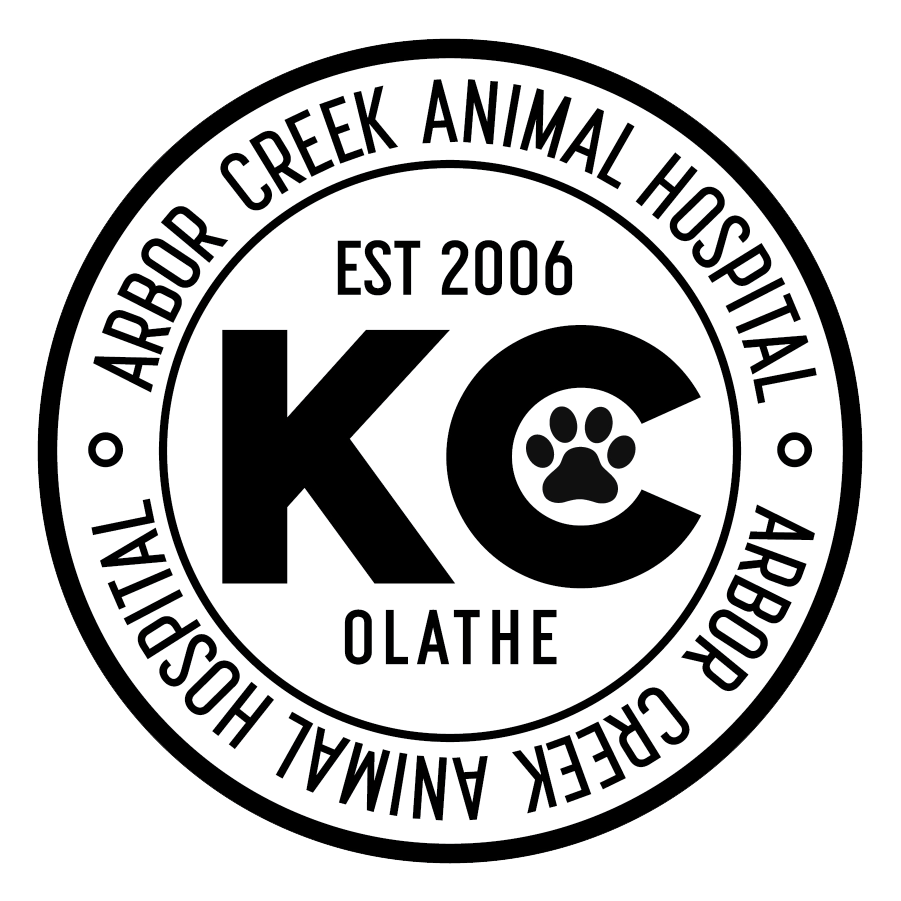
Nutrition is the basis for health in the body. The old saying “You are what you eat” still stands true. If you put the wrong things into your body, you will be unhealthy and feel bad. The same is true for our dogs and cats. If we feed them highly nutritious foods that are species appropriate many disease conditions will resolve without having to be treated with pills or medicines and without having to visit the veterinarian’s office frequently. The largest part of the immune system is located in the gut. There is the highest number of immune presenting cells in the GI tract extending from the mouth and continuing through the intestines. If we provide nutritious foods, the body responds in a healthy, disease-free manner. If we provide the body with low quality or inappropriate foods, the body will try to protect itself and create areas of inflammation and mucous. These areas could be in the GI tract, respiratory tract, skin or anywhere else and lead to things such as  inflammatory bowel disease (think of Celiac disease in people due to gluten intolerance), asthma or itchy, red skin with infections.
inflammatory bowel disease (think of Celiac disease in people due to gluten intolerance), asthma or itchy, red skin with infections.
